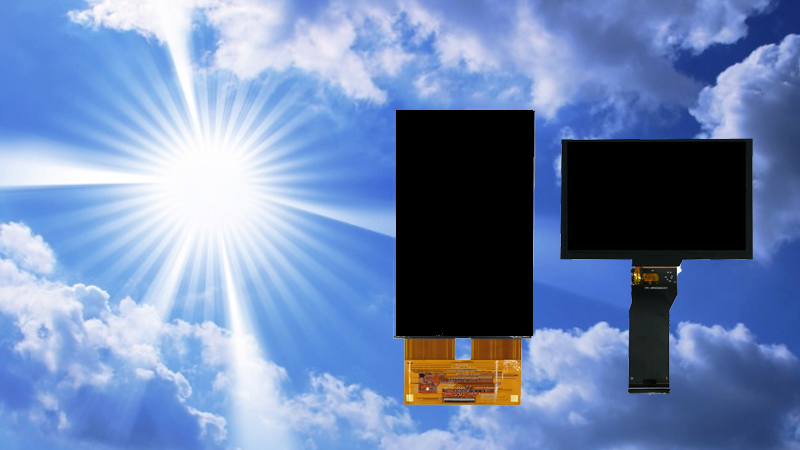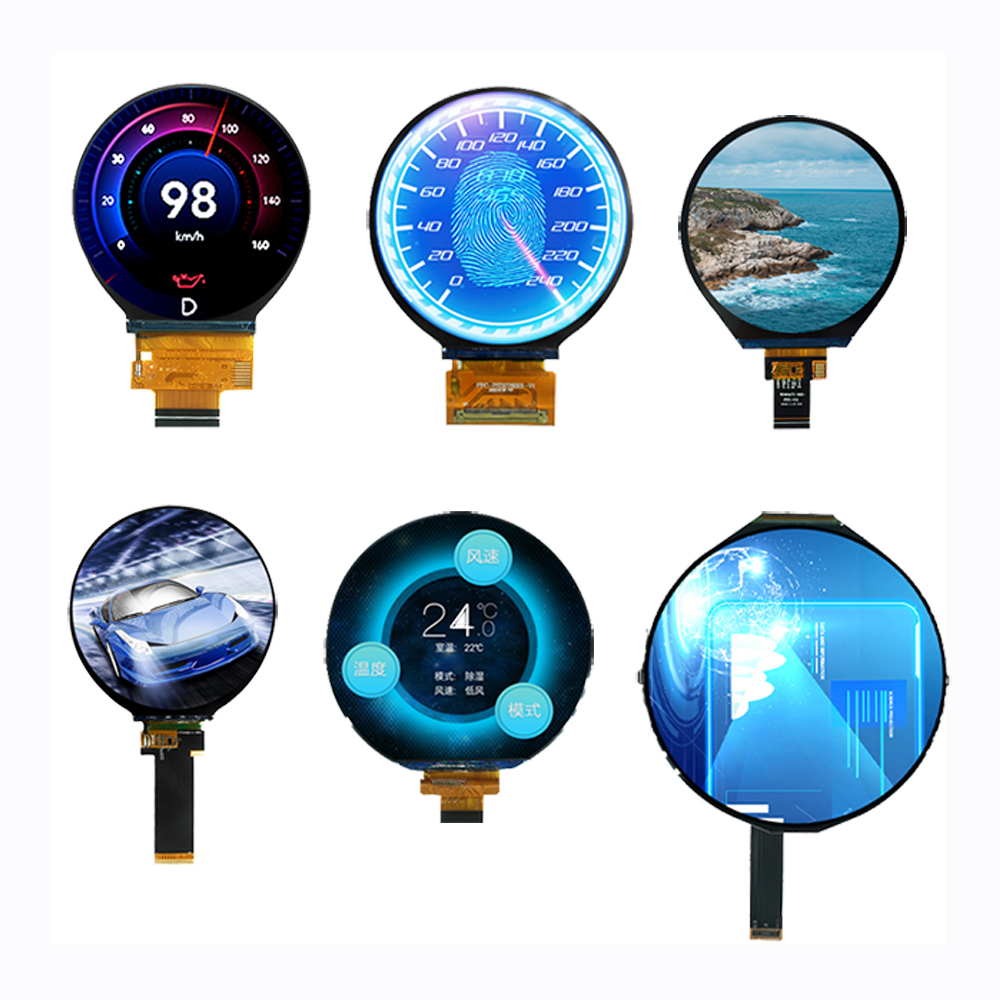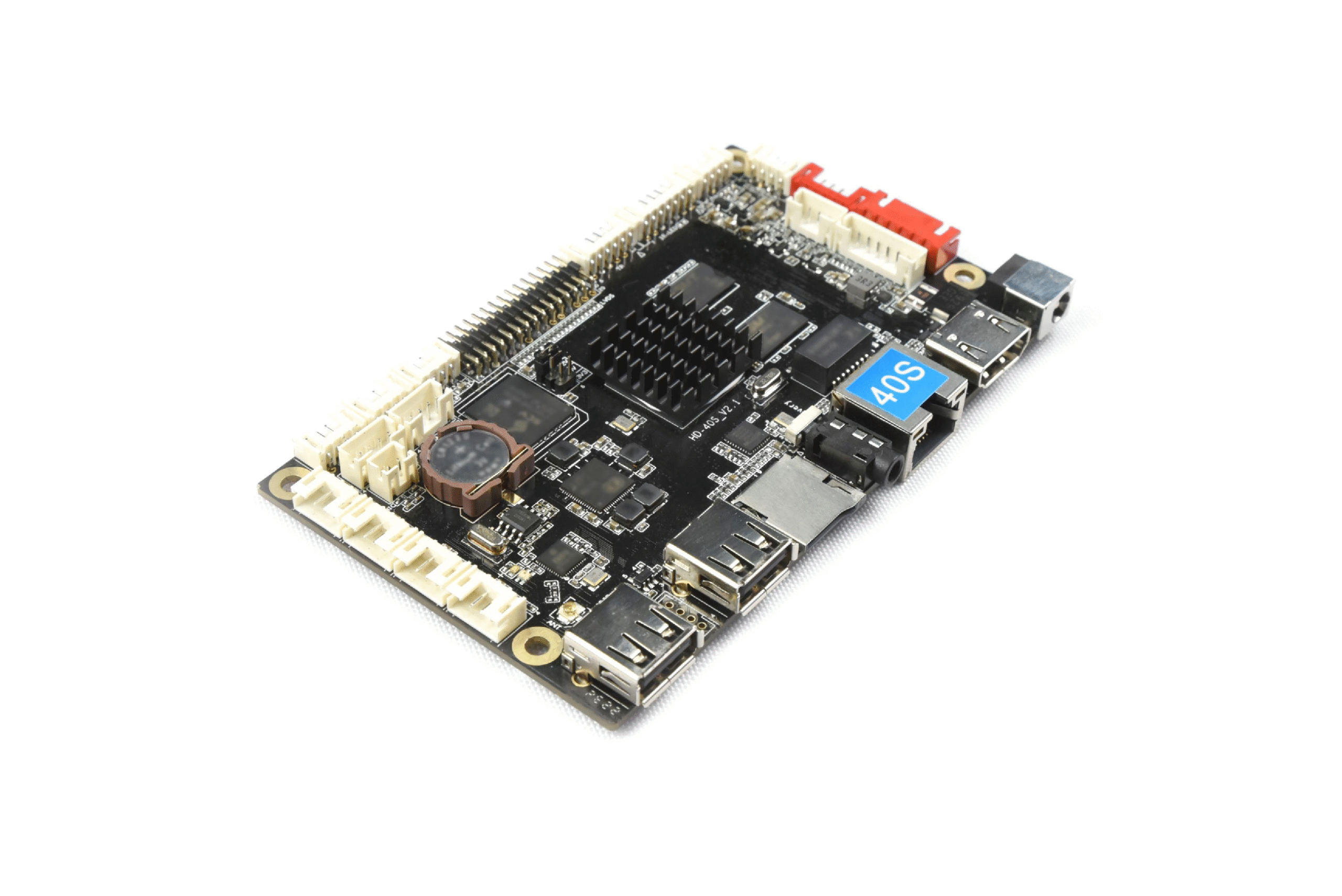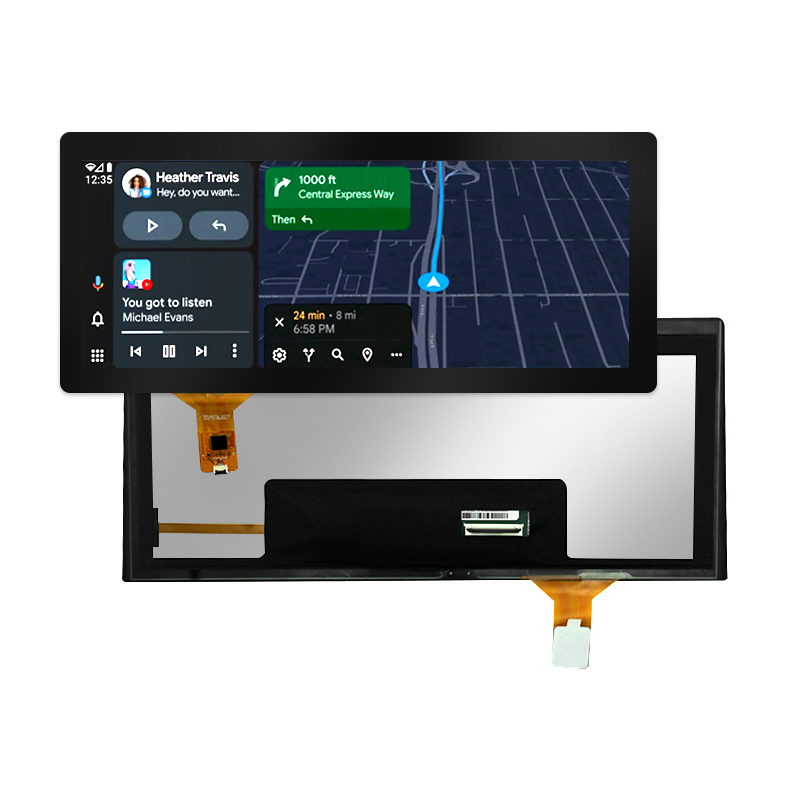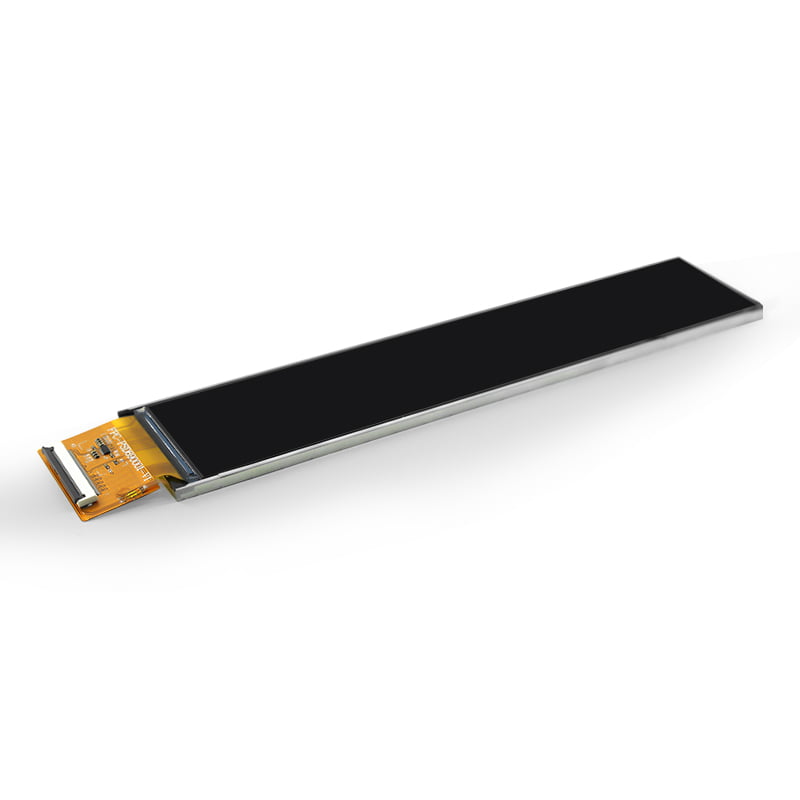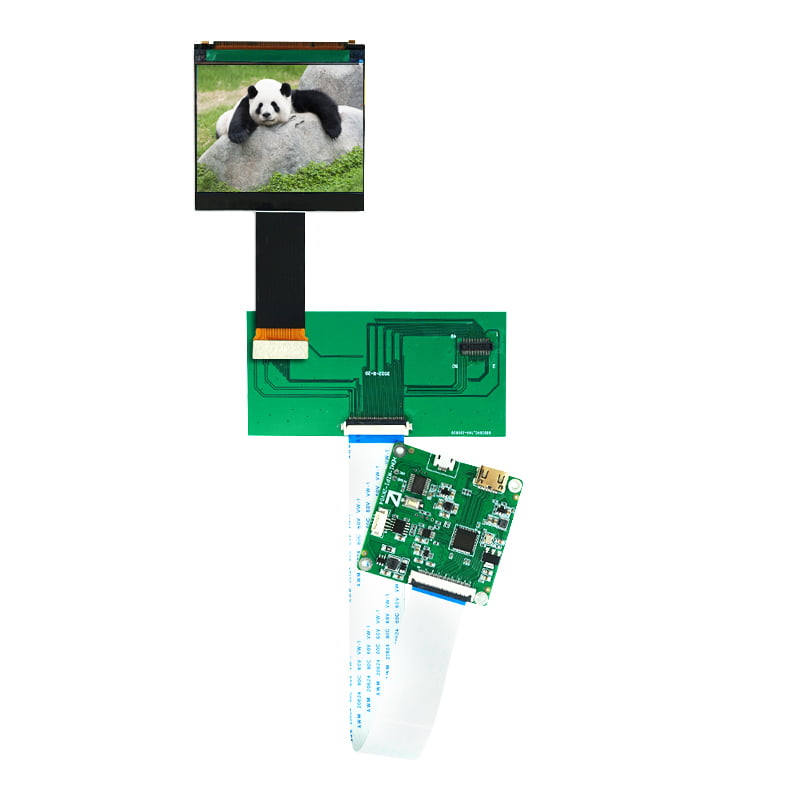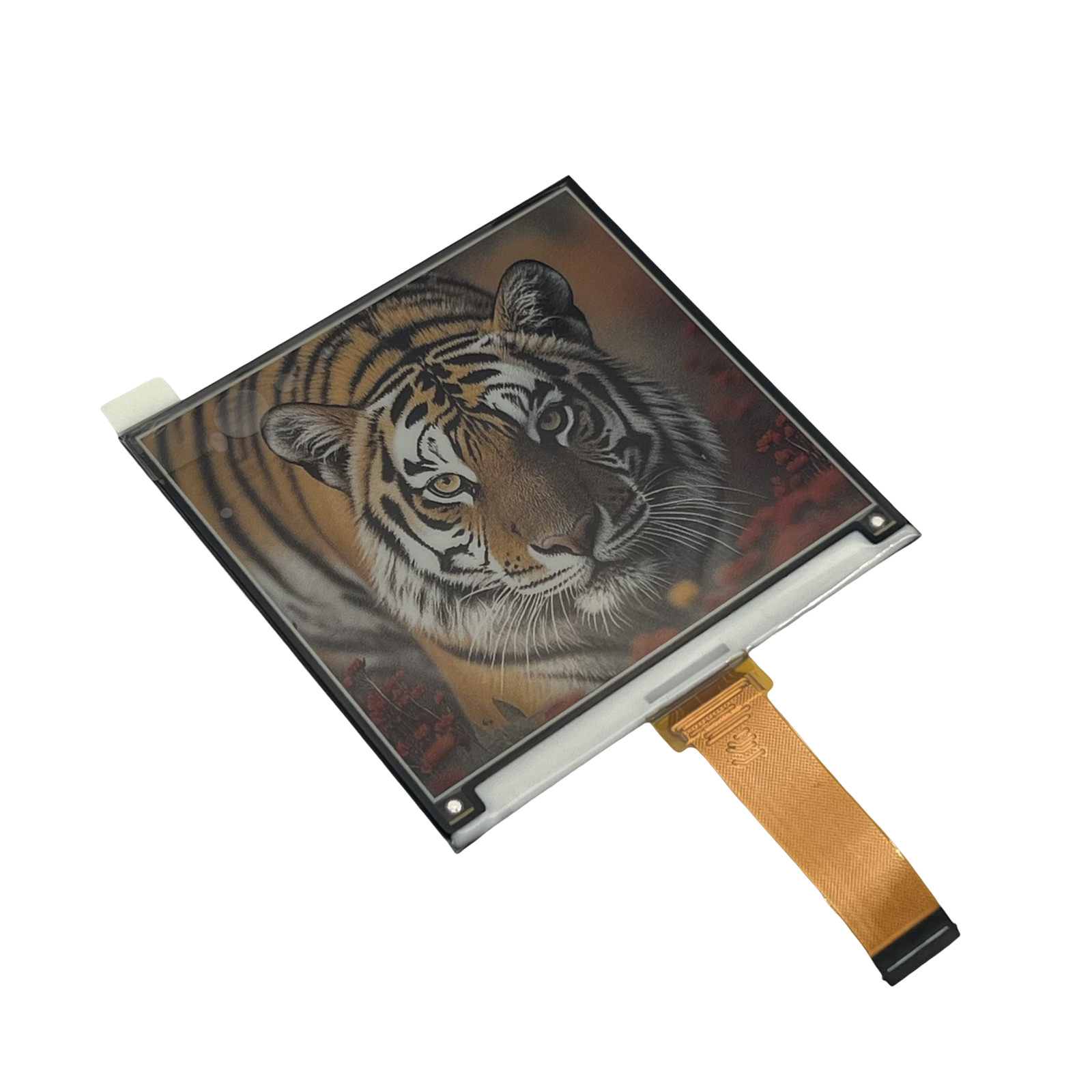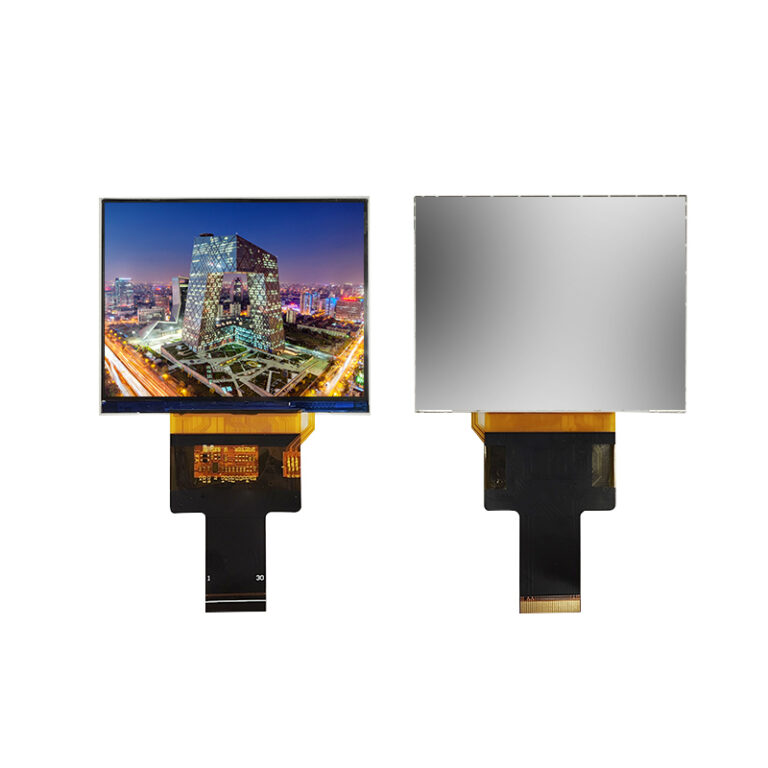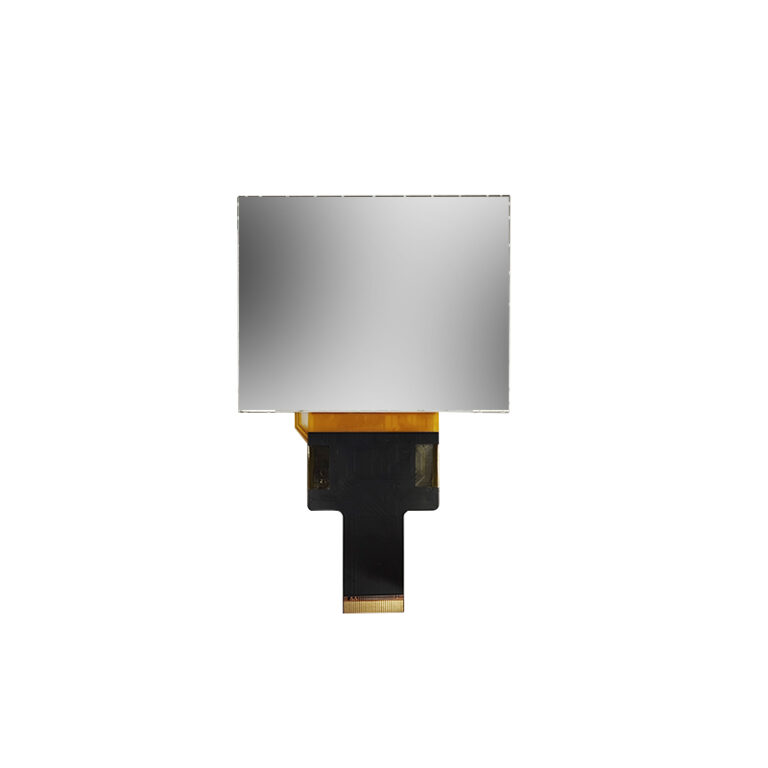
Sunlight Readable Display
Sunlight-readable TFT displays are equipped with high-brightness LCD backlights, ensuring optimal visibility in bright ambient conditions or direct sunlight. Our range is offered both with and without touchscreen capabilities and is available in various formats and display modes to suit any application.
- Size: 3.2 inch LCD Display
- Resolution: 1024*768
- Interface: MIPI
- Brightness: 500 nit
- Driving IC: JD9168
- HDMI board
- Custom touchscreen/interface/brightness
- LCD Control board such as Android board
Optimized Version of the Provided Content
In our hyper-connected world where screens dominate how we communicate, work, and stay informed, one persistent issue continues to hinder usability—display readability in direct sunlight. Fortunately, the sunlight readable display has emerged as the go-to solution for overcoming this glare-induced challenge. Purpose-built for visibility in high ambient light, these displays are transforming industries by delivering reliable, crystal-clear images—even under the blazing sun.
From digital signage in busy city squares to navigation systems in sunlit cars, sunlight readable displays are now an essential component in environments where conventional screens falter.
What Makes a Display Truly Sunlight Readable?
Unlike regular LCD panels, a sunlight readable display is engineered using several breakthrough technologies that significantly boost brightness and reduce reflection. These advanced features include:
High Brightness Output:
While standard LCDs offer brightness between 250–400 cd/m², sunlight readable displays typically range from 1000 to 2500 cd/m². This immense brightness ensures content remains sharp and visible under direct sunlight.
Anti-Glare & Anti-Reflective Coatings:
Special surface treatments minimize glare and light scattering. This boosts contrast and readability, which is critical when displays are viewed at various angles outdoors.
Optical Bonding:
This involves bonding the display panel directly to the cover glass or touch screen. By eliminating the air gap, internal reflection is reduced, further improving outdoor readability and enhancing touch accuracy.
Efficient Backlighting Systems:
Modern displays employ advanced LED backlighting or edge-lit systems designed to deliver high intensity without excessive heat or power consumption.
These features culminate in a high-performance screen that retains color vibrancy, contrast, and sharpness even in harsh lighting conditions—making them ideal for outdoor and mission-critical applications.
Where Sunlight Readable Displays Make the Biggest Impact
Outdoor Digital Signage:
Perfect for malls, transit stations, stadiums, and public spaces, these displays ensure marketing messages, schedules, and wayfinding cues are always visible—rain or shine.
Automotive Displays:
From dashboards to heads-up displays (HUDs), clarity is crucial. A sunlight readable display ensures drivers can view navigation and vital vehicle data without squinting or being distracted by glare.
Industrial Equipment & Military Systems:
Construction sites, field operations, and military zones require rugged displays that remain readable under all conditions. Durability combined with readability makes them essential in these sectors.
Consumer Electronics:
Tablets, smartphones, and wearable tech equipped with high-brightness displays are ideal for outdoor enthusiasts, field workers, and sports fans who rely on their devices in sunlit conditions.
Retail & Hospitality Touchpoints:
Outdoor kiosks, menus, and self-service terminals benefit from the technology, enhancing customer interaction and ensuring accessibility around the clock.
Each of these applications underscores the flexibility and necessity of sunlight readable displays in modern life.
Why Choose a Sunlight Readable Display?
Investing in a display optimized for sunlight readability delivers a range of practical benefits:
Unmatched Visibility: High brightness and reduced glare ensure crisp readability outdoors.
Long-Term Durability: Built to withstand exposure to sunlight, temperature extremes, and moisture.
Improved User Experience: Users engage more confidently when displays are clear and accessible.
Energy Efficiency: Despite their brightness, these displays often feature energy-saving technologies for sustainable usage.
Whether for public use or specialized industries, these advantages make sunlight readable screens a dependable choice.
Challenges in Sunlight Readable Display Design
Despite their advantages, integrating sunlight readable technology involves addressing several design challenges:
Higher Manufacturing Costs: The need for premium materials and complex assembly increases production costs.
Thermal Management: High brightness generates heat, requiring efficient cooling solutions to maintain performance.
UV Exposure: Long-term sun exposure can degrade display components unless UV-resistant materials are used.
Power Consumption: Though optimized, maintaining brightness in portable devices can strain battery life.
Manufacturers must continually balance performance, durability, and efficiency to meet evolving user demands.
How to Select the Right Sunlight Readable Display
When it comes to choosing a display suited for bright environments, several considerations can guide your decision:
Brightness Level:
For direct sunlight applications, aim for displays with brightness levels of at least 1000 cd/m² or more.
Screen Size & Resolution:
Choose based on use—larger sizes for signage and kiosks, compact options for mobile or automotive systems.
Environmental Resistance:
Ensure the unit includes features such as IP ratings, anti-UV coatings, and wide temperature range support.
Display Technology:
Options include TFT-LCD, OLED, or transflective displays. TFTs remain the most common for outdoor use due to their robustness and brightness.
Touch Integration:
Capacitive or resistive touch capabilities should match the end-user’s needs, especially in environments where gloves are worn or where water resistance is needed.
Every environment is unique—so understanding your project’s goals ensures a better-performing and longer-lasting solution.
Sunlight Readable Displays: Powering the Future of Visibility
The demand for sunlight readable display solutions is only growing. As digital transformation reaches every corner of our lives, screens are expected to perform flawlessly—whether indoors or under the open sky. Advancements in brightness, energy efficiency, and rugged design are making these displays smarter, stronger, and more user-friendly.
From enhancing safety in vehicles to boosting engagement at point-of-sale systems, sunlight readable technology is leading a visual revolution—ensuring that no message gets lost in the glare.
FAQs
What brightness level qualifies a display as “sunlight readable”?
Typically, any display with a brightness rating above 1000 cd/m² is considered sunlight readable.
Can I use a regular monitor outdoors?
Standard monitors are not designed for high ambient light and will likely be unreadable in direct sunlight.
Are sunlight readable displays waterproof?
Many models are water-resistant or waterproof, especially those designed for industrial or outdoor use, often featuring IP65 or higher ratings.
Do these displays consume more power?
While they require more power to achieve high brightness, many use energy-efficient LEDs and power-saving modes to minimize usage.
Is optical bonding necessary?
While not always required, optical bonding greatly improves sunlight readability by reducing internal reflection and increasing durability.
Can sunlight readable displays be used in freezing or hot environments?
Yes, many are designed to operate across extreme temperature ranges, making them suitable for both cold and hot climates.


